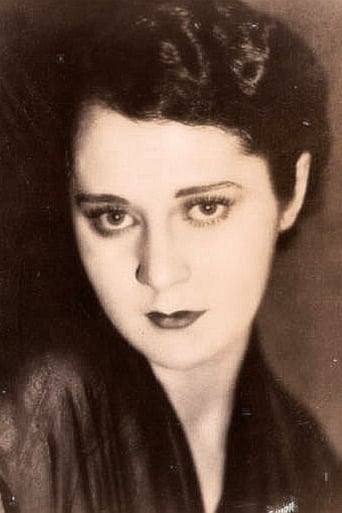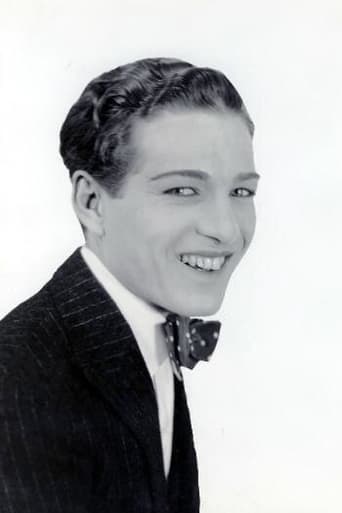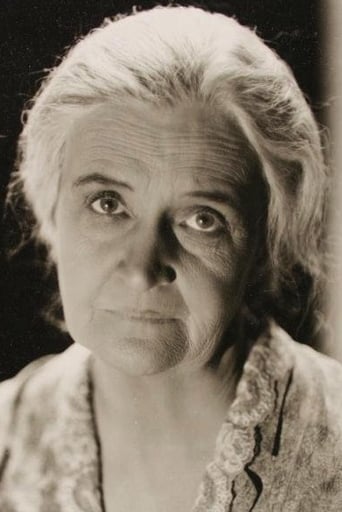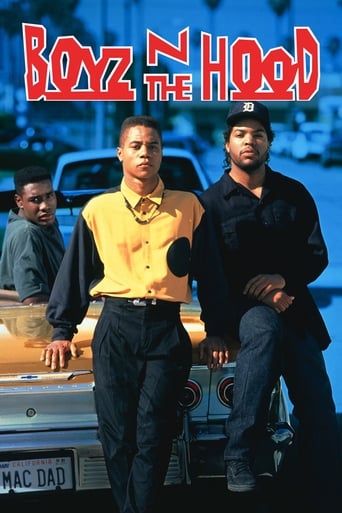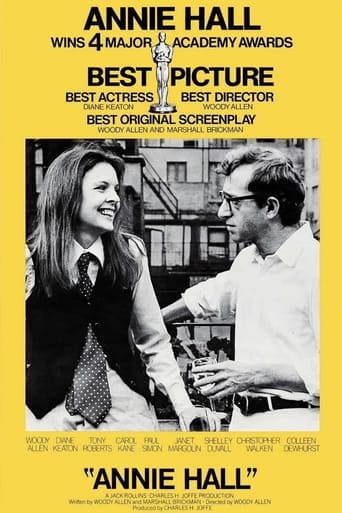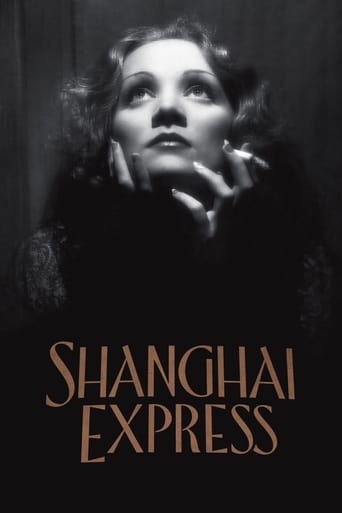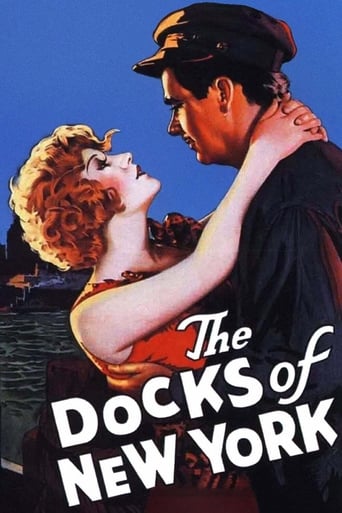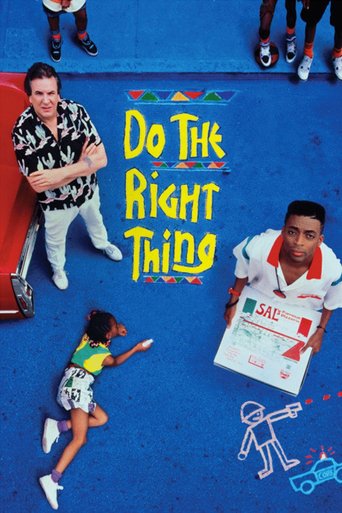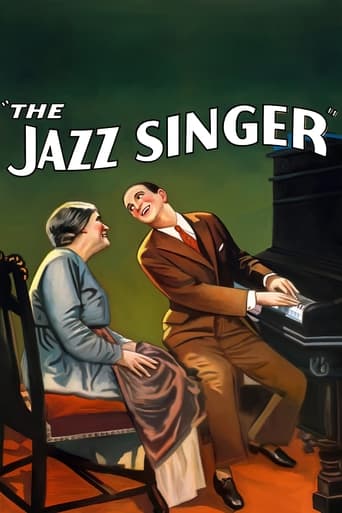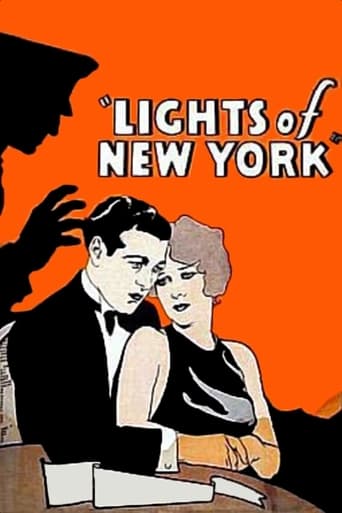
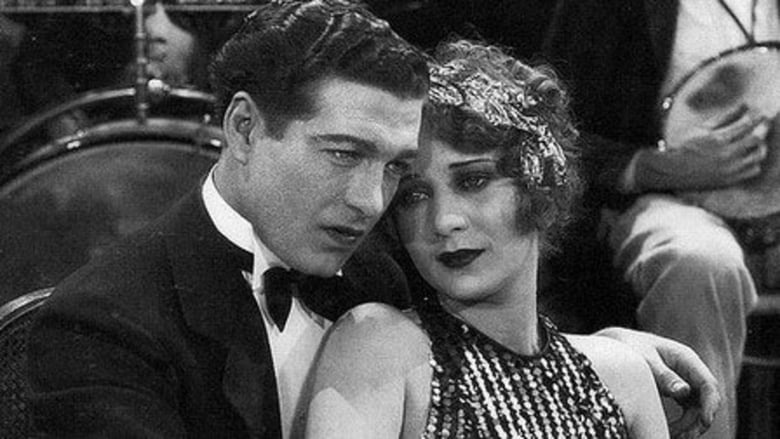
Lights of New York (1928)
Eddie is conned into fronting a speakeasy for a local gangster who intends to frame him for the murder of a cop.
Watch Trailer
Cast


Similar titles
Reviews
This movie has an important place in the history of cinema (the first all-talkie, although it still carries over a trademark of the silent era: the title cards), but when you get past the novelty value it doesn't really have much artistic value. And even though it runs under an hour, it moves like molasses. But it's still watchable. Some of the actors were clearly not destined for a long career in the talkies (Eugene Palette is the only one you might recognize, especially if you are a Philo Vance fan), but actually Helene Costello and Wheeler Oakman are not bad at all - Oakman even manages a wry delivery with some of his lines, like "cops are my best friends!". **1/2 out of 4.,
I love to catch early talkies on Turner Classics (the only place I can ever see them), and the earlier the better. Usually 1929 is the best I can do. I saw one called Tanned Legs that featured stilted dialogue spoken by people clustered around potted palms. Well, this one isn't much better, folks, but as an unintentional comedy it works quite well. The thing is, no one moves in this thing, except for a few chorus girls who are trotted out from time to time. The felt-hatted gangstas sit so close to each other that their foreheads are almost touching. In fact, everyone gets up-close and personal in this thing, maybe because they're afraid to move or the mic won't pick them up. It's been described as "stagey", but it's more like "nailed in place", so static that the characters begin to resemble cutouts glued onto popsicle sticks and moved around only when it's time to change microphones. I'd see it, however, if you're curious about how sound film developed. This was a quick cash grab and it worked, though the critics soon buried it. Within a couple of years we'd have Garbo asking for "whiskey, baby. . . and don't be stingy." Guess they had to start somewhere.
When someone asks the question, "What was the first talking picture?" the answer that immediately comes to mind is THE JAZZ SINGER (1927) starring Al Jolson. Well, that's partially correct. For anyone who's never seen THE JAZZ SINGER might expect an all-sound motion picture with songs. In retrospect, THE JAZZ SINGER does include songs, but much of the scenario was silent accompanied by a Vitaphone orchestral score. With other major studios experimenting the methods of silent films by adding talking sequences to its existing underscoring and inter-titles, LIGHTS OF NEW YORK (Warner Brothers, 1928), directed by Bryan Foy, scripted by Murray Roth and Hugh Herbert, was a step in the right direction for being the first all-talking feature length movie. As with many Hollywood firsts, LIGHTS OF NEW YORK was and still is not a great film due to awkward acting and offbeat dialogue, yet the result is another landmark during the dawn of sound made essential to the history of motion pictures.Opening with a prologue, the first inter-title reads: "This is a story of Main Street and Broadway - a story that might have been torn out of last night's newspaper. Main Street - 45 minutes from Broadway - but a thousand miles away." Because his girlfriend, Kitty Lewis, has gone to New York and made a success for herself, Eddie Morgan (Cullen Landis), a barber yearning for a better life outside his small own where nothing ever happens, asks his mother (Mary Carr), proprietor of the Morgan Hotel, for a $5,000 loan so that he and his friend, Gene (Eugene Palette) can go into partnership with Jake Jackson (Walter Percival) and Dan Dickson (Jere Delaney), guests in Room 21. At first Mrs. Morgan relents loaning the money until she meets with these "gentlemen" before heading back to New York the following morning. Story: "Broadway - 45 minutes from Main Street, but a million miles away." Six months pass. Eddie and Gene, owners of the White Way Barber Shop on 46th Street, come to realize their big mistake for being talked into having their barbershop as a front for bootleggers. Unknown to Eddie, "Hawk" Miller (Wheeler Oakman), owner of the Night Hawk Club ("where anything can happen and usually does") is not only the ring leader of the bootleg operation, but out to get his Kitty, dancer at his club, for himself, much to the jealous nature of Molly Thompson (Gladys Brockwell), his rejected mistress. As Miller plots to do away with Eddie by placing the boxes of Old Century liquor in his barbershop, Miller is later shot and killed by a mysterious assassin, leaving poor Eddie as the prime suspect.A straightforward melodrama with an amusing bit reminiscent of a vaudeville routine where a drunk approaches a cop (Eddie Kane) on Broadway asking where the other side of the street is. For a motion picture that began as a two-reel Vitaphone short, LIGHTS OF NEW YORK, with its backstage musical sounding title, is basically an underworld melodrama with gangster types speaking in gangster lingo. The most memorable line comes from Wheeler Oakman giving an order to his boys, Sam and Tommy (Tom Dugan and Guy D'Ennery) about Eddie, to "Take him ... for ... a ride." This particular scene is the one usually clipped into documentaries of motion pictures, especially when the subject matter is about early talkies. The film is also historical in a sense in offering a inside glimpse of 1920s night clubs better known then as "speakeasies," consisting of chorus girls, dancing patrons and one vocalization of "At Dawning" by the master of ceremonies (Harry Downing). With no "major star" names in the cast, the only one of some familiarity is Eugene Palette, whose distinctive gravel voice made recognizable during his long range of character parts lasting through the late 1940s. His one crucial scene finds him trying to hide the fact from a couple of detectives (Robert Elliott and Tom McGuire) that the customer sitting in his barber chair with his face covered with a towel happens to be a recently murdered Hawk Miller. Aside from Palette and Tom Dugan, other members of the cast, namely silent screen veterans Cullen Landis and Helene Costello, have virtually drifted to obscurity shortly after this film's release. Gladys Brockwell as the girl "who's loved and lost," gives a type of performance of a middle-aged Joan Crawford from the 1960s. Sadly Brockwell passed away the following year (1929) from complications sustained in an automobile accident. For being 1928 production, LIGHTS OF NEW YORK has an advance appeal of one made in the 1940s, not by Warners but something out of a Monogram Pictures programmer. Visual effects with shadows of bootleggers committing their crimes at night simply has that 1940s film noir feel to it. Often labeled as a very bad picture by historians, this remains a real curio as it did way back when, as well as a great opportunity hearing the voices of actors of the silent screen.Never distributed on video cassette, LIGHTS OF NEW YORK can be found occasionally on Turner Classic Movies where it's been playing since May 13, 1995. So the next time someone asks, "What was the first talking picture?" chances are the reply may still be THE JAZZ SINGER, but the final answer remains THE LIGHTS OF NEW YORK. As far as silent films are concerned, there's no turning back now. (**)
It is easy to criticize this movie,which has so many shortcomings.But in all fairness we must remember what handicaps everyone was working under.Actors had to speak slowly,and enunciate very precisely to make sure that the primitive microphones could pick up what they were saying.The fact that they were shooting an entire feature as a talkie, instead of just a few isolated scenes,as in previous "talkies",undoubtedly put extra pressure on everyone. To my mind one of the funniest(unintended) aspects of is, when Hawk was telling his two henchmen to "take him for a ride", one of the henchmen looked, and was dressed, like Stan Laurel! Sort of hard to take him seriously as a hit-man! Primitive as it was,this was still a wonder to audiences who had grown weary of the limitations of silent movies.I have always like old silents, but a steady,exclusive diet would get tiresome very quickly.The jeering reaction of the audience in "Singin in the Rain" to the shortcomings of "The Dueling Cavalier" was an anachronism;that is the reaction of an audience used to PERFECTED sound movies.An actual audience of the day might have laughed,but still would have loved it.


